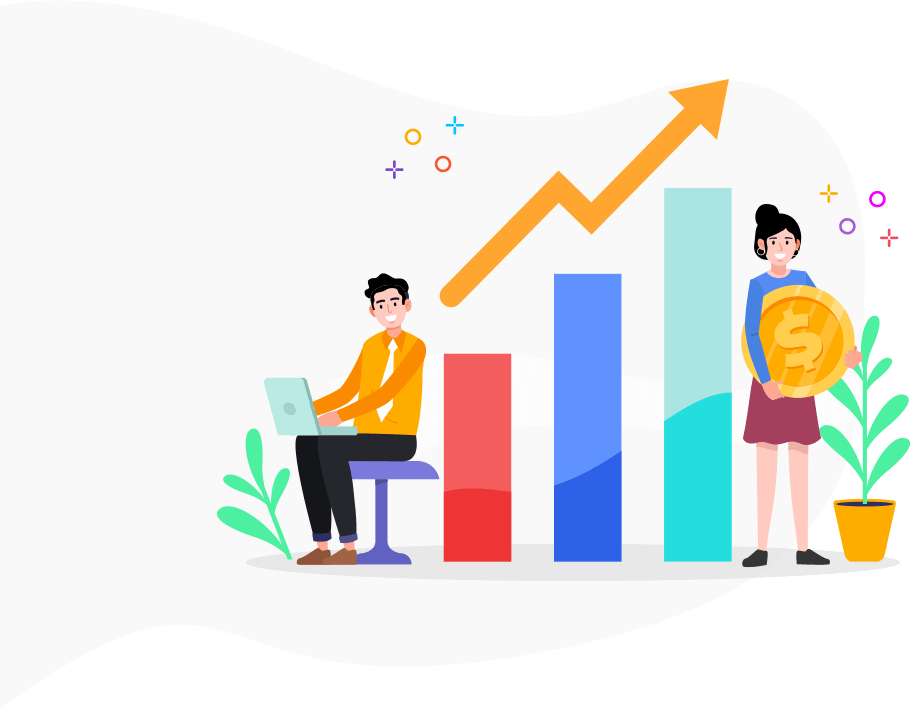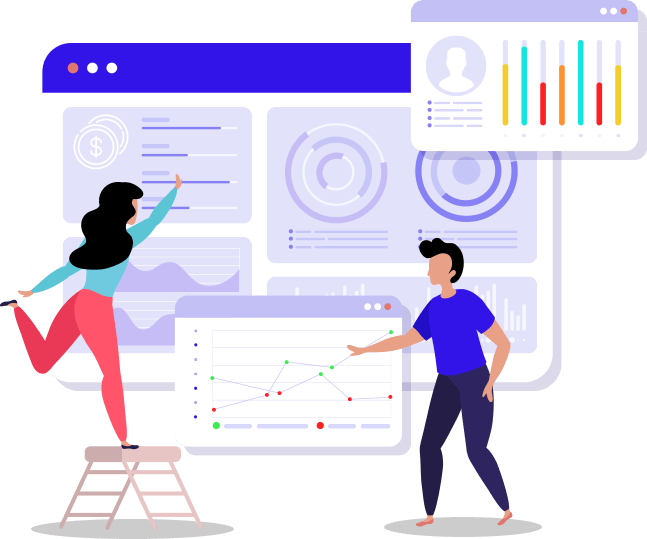| Optimizing websites to rank higher organically in search engine results. |
Includes SEO but broader; involves paid methods to increase visibility on search engines. |
A subset of SEM; advertisers pay a fee each time their ad is clicked. |
| |
Can be both organic and paid | |
|
Generally lower long-term costs. |
Can vary; organic methods are free, but paid methods involve costs. |
Immediate costs; advertisers pay for each click on their ads. |
|
Takes time for results to show; long-term strategy. |
Can yield quicker results; includes both short-term and long-term strategies. |
Immediate; ads are displayed as soon as the campaign is launched. |
|
Relies on search engines to index and rank content. |
Uses both organic and paid methods to maximize visibility. |
Immediate visibility through paid ads. |
|
Limited control over how search engines rank content. |
High control; can adjust bids, targeting, and ad content. |
High control over ad appearance, targeting, and budget. |
|
Sustainable for the long term when executed effectively. |
Sustainable, but results may decline if paid efforts are paused. |
Immediate results but stops when the budget is exhausted. |
|
Generally high-quality traffic as it’s driven by user intent. |
Depends on strategy; can attract both high and low-quality traffic. |
Quality depends on the relevance of the ad to the audience. |
|
Content optimization, link building, and user experience. |
Utilizes a mix of organic and paid strategies for maximum impact. |
Emphasizes targeting, bidding, and ad creation for immediate results. |
|
Optimizing website content, meta tags, and acquiring backlinks. |
Combining SEO efforts with paid advertising on search engines. |
Google Ads, Bing Ads, and other paid search platforms. |









